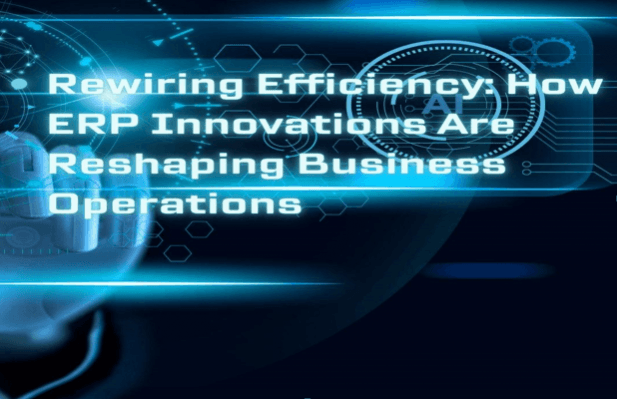
In his recent publication, Sateesh Rao Pala presents a compelling examination of how the fusion of supply chain management and financial automation within ERP systems is revolutionizing enterprise efficiency. With a technical lens and strategic insight, he dissects the synergistic innovations fueling this transformation.
Breaking Down Silos: A New Paradigm in ERP Integration
Historically, organizations treated supply chain and financial processes as independent, leading to fragmented data systems and inefficiencies. However, modern ERP platforms dissolve these barriers, enabling real-time information exchange between the two domains. This integration not only eliminates redundancy but creates a self-reinforcing loop of performance enhancement, laying the foundation for smarter, faster operations.
Automation That Speaks Finance and Logistics
The true magic of integration lies in automating transaction workflows from procurement requisitions to vendor payments. This automation streamlines the procure-to-pay cycle, eliminating manual inputs and errors. The result is a tangible reduction in administrative labor, cycle times, and operational overhead, while improving supplier coordination and resource planning. Inventory becomes smarter, not stockpiled, and cash flow gets a precision boost. Strategic visibility across the entire supply chain enables proactive decision-making, driving competitive advantage through data-driven intelligence and seamless interdepartmental collaboration.
Real-Time Decisions, Backed by Unified Data
Where ERP integration truly excels is in transforming decision-making. Instead of wading through disparate systems, business leaders access synchronized dashboards offering comprehensive financial and supply chain metrics. This unified view significantly improves forecast accuracy, scenario planning, and strategic alignment. As a result, companies respond faster to disruptions, model risk more effectively, and enhance profitability with surgical precision.
From Efficiency to Shareholder Value
Operational gains have direct financial consequences. Integrated ERP systems have been linked to improved return on assets, higher gross margins, and better inventory turnover. These aren't just numbers on a spreadsheet they represent enhanced shareholder confidence and long-term business sustainability. Integration translates operational transparency into financial credibility and market performance. The resulting data-driven insights empower executives to make strategic capital allocation decisions with heightened precision and confidence.
Market Agility: A Competitive Advantage Built on Integration
The fusion of financial and supply chain automation is also a catalyst for market responsiveness. With synchronized data, companies accelerate decision cycles and reallocate resources with agility. Real-time visibility empowers organizations to adjust production, pricing, and logistics based on dynamic conditions, enhancing their ability to compete and adapt amid volatility.
Empowering Customer Interactions
Integrated systems improve the accuracy and timeliness of responses to customer inquiries about deliveries, product availability, and billing. By consolidating front-end and back-end information, businesses streamline customer service, reduce the need for interdepartmental coordination, and improve satisfaction metrics all critical in a landscape where customer loyalty is fragile.
Strategic Flexibility Without Guesswork
Organizations can no longer afford reactive strategies. Integrated ERP systems empower them with the data needed to pivot confidently in response to market disruptions. This strategic flexibility stems from the ability to simulate various business scenarios with real-time financial insights, minimizing uncertainty and maximizing execution speed.
Implementation: Innovation Needs a Solid Backbone
Reaping these benefits requires thoughtful technical groundwork. Data architecture must be harmonized to ensure consistent definitions across systems. Process orchestration plays a crucial role in aligning workflows, while advanced analytics infrastructure supports the growing need for predictive and prescriptive insights. Security must balance openness and control, safeguarding data without stifling collaboration.
In conclusion,As Sateesh Rao Pala aptly reveals, the integration of supply chain and financial automation within ERP systems is not just a technological upgrade it's a strategic imperative. Organizations that embrace this dual innovation are better equipped to reduce costs, enhance decision-making, and seize emerging opportunities with agility. As the business environment grows more complex, such integration is poised to become a defining marker of resilience and competitive edge.














